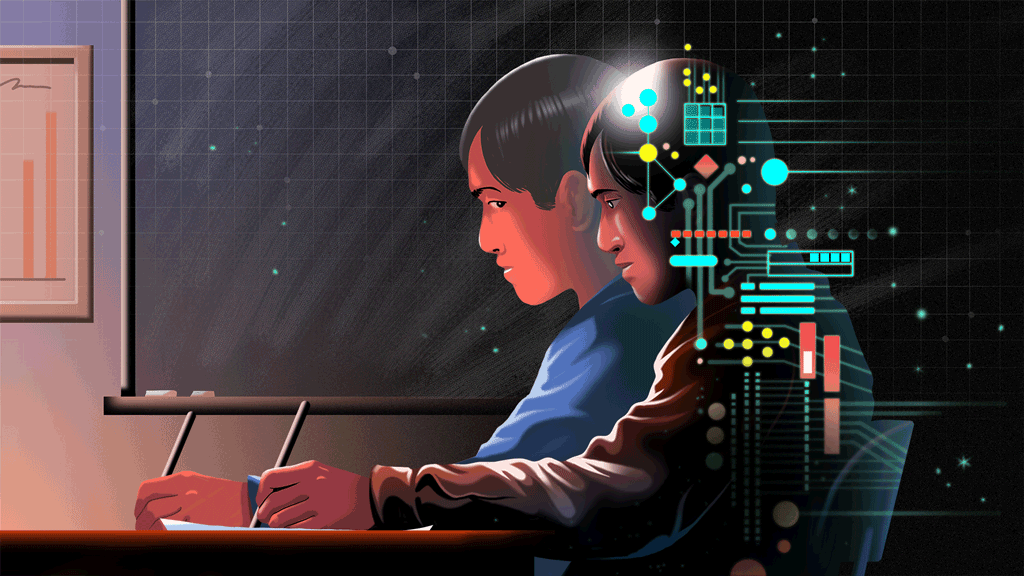In a landmark legal decision, the United States District Judge Beryl Howell has reignited the debate surrounding artificial intelligence (AI) and copyright protection. The ruling, which denies copyright protection to AI-generated art, raises critical questions about the role of human ingenuity in the realm of intellectual property. This decision comes at a time when AI’s creative capabilities have grown, leading to concerns about its potential to replace human artists and writers. What was the verdict? Let’s find out together, hodlers.
Read more: 7 Artificial Intelligence examples in everyday life

AI and Copyright: The Controversial Verdict
In a recent court decision, Judge Howell upheld the stance of the U.S. Copyright Office, asserting that artworks created solely by AI are not eligible for copyright protection. This ruling has significant implications for the world of AI-generated content, as it sets a precedent for the relationship between technology and artistic ownership.
The Threat to Human Creativity
The ruling emerged against the backdrop of mounting concerns that generative AI could diminish the role of human artists and writers. With the Hollywood writer’s strike lasting over 100 days, apprehensions have intensified regarding AI potentially taking over scriptwriting. However, intellectual property regulations have consistently upheld that copyrights are exclusively granted to human-originated creations.

Thaler’s Challenge: Recognizing AI as an Author
Stephen Thaler, the CEO of Imagination Engines, a neural network company, brought forth this legal dispute. He argued that AI meeting authorship criteria should be recognized as an author itself, thereby granting ownership of the work to the AI system’s owner. Judge Howell, however, rejected this argument, emphasizing the indispensable role of humans as authors under copyright law. She cited precedents like Burrow-Giles Lithographic Company v. Sarony, which supported the protection of ideas generated by humans. Even a case involving a photo taken by an animal was cited to illustrate the unique status of human creativity.
The Power of Copyright in Fostering Creativity
Judge Howell’s ruling also delves into the foundational principles of copyright law. She highlights how copyrights and patents were designed to protect intellectual property, thereby nurturing the sciences and arts by incentivizing creativity and innovation. This underscores the essential link between legal protection and human motivation in creative endeavors.
AI’s Copyright Conundrum
This verdict arrives amidst ongoing legal debates concerning AI firms’ use of copyrighted content for training their algorithms. In California, multiple lawsuits have been filed by artists claiming copyright violations, potentially necessitating AI companies to reevaluate their language models and data sources. The intersection of AI and copyright is increasingly becoming a contentious issue with far-reaching consequences.

Read More:
- AI Hunts Down 95K ‘Free Giveaway’ Scams on Twitter
- AI and Blockchain: A Symbiotic Love Affair in Gaming!
Judge Howell’s ruling represents a pivotal moment in the ongoing dialogue surrounding AI and copyright. While it denies copyright protection to AI-generated art, it reaffirms the central role of human creativity in intellectual property. As AI continues to advance, the relationship between technology and creative ownership will remain a pressing concern for artists, writers, and the legal system alike.
Disclaimer: All materials on this site are for informational purposes only. None of the material should be interpreted as investment advice. Please note that despite the nature of much of the material created and hosted on this website, HODL.FM is not a financial reference resource and the opinions of authors and other contributors are their own and should not be taken as financial advice. If you require advice of this sort, HODL.FM strongly recommends contacting a qualified industry professional.



